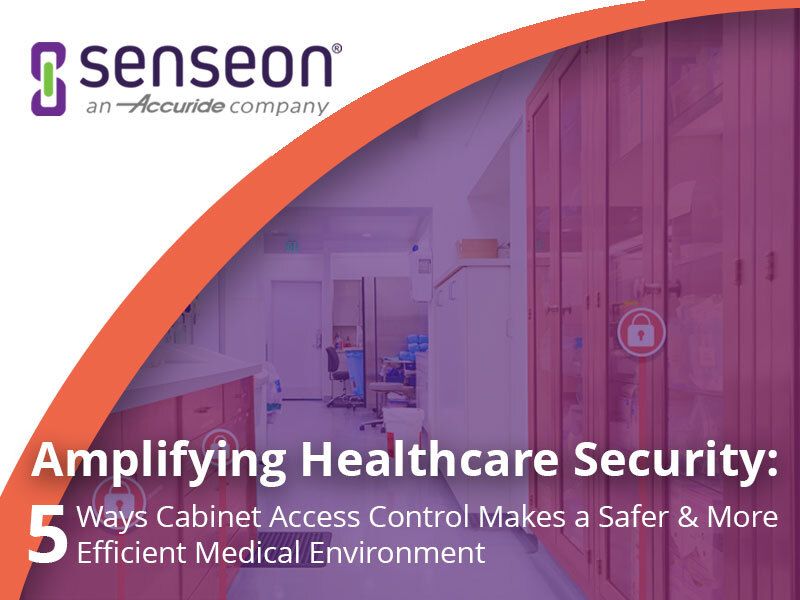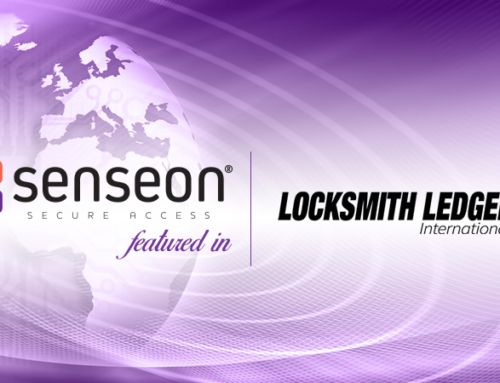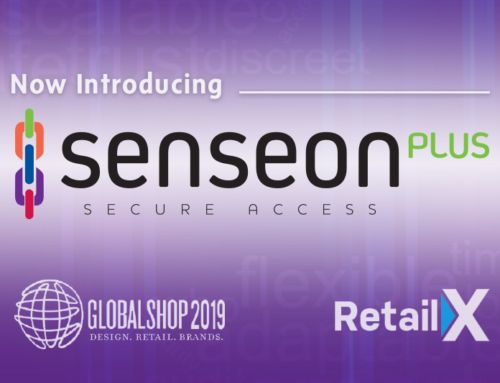Introduction
Security is paramount to any hospital. The preservation of patient information, medical supplies, and pharmaceutical drugs is at stake. Yet hospital security isn’t stagnant: It must apply technology’s ever-advancing benefits while pre-empting its risks. Broadening modern electronic access control (EAC) to include cabinetry is critical to that adaptation.
Below are five ways cabinet EAC creates a safe and efficient healthcare environment.
1) Prevent Unauthorized Access
Electronically secured cabinets keep valuable and sensitive materials out of unauthorized hands. Those materials include patient records, prescription narcotics, and expensive equipment. EAC grants access only to individuals with authenticated credentials. Using registered credentials, such as cards or tags, curtails the risk of theft, abuse, or mishandling of valuable and sensitive items.
2) Safeguard Patient Privacy
Unauthorized access to patient records and sensitive documents often leads to terrible consequences. These include identity theft and privacy breaches resulting in high penalties and litigation. EAC physically protects records and documents while also tracking access. This elevates privacy while complying with regulations like the US Health Insurance Portability and Accountability Act (HIPAA).
3) Promote Medical Safety
Medical errors can mean grave consequences for patients and legal headaches for hospitals. EAC-secured medical cabinets let staff track the administration of medication. These also lower the risk of unauthorized access to expensive drugs. Managers can pre-determine which staff credentials can access which cabinets. This elevates safety for all parties involved.
4) Audit for Accountability
Cabinet-level EAC adds a new layer of efficient accountability and auditing. A security network can log every access attempt and give managers a trail of who accessed which cabinet and when. Managers can thus track medical supplies, identify breaches, and investigate suspicious activities quickly. Even having a system can act as a deterrent to malicious efforts.
5) Streamline Access Control
Combining cabinet- and building-level EAC streamlines access procedures and simplifies credential management. A unified security system lets administrators grant, revoke, and alter access privileges quickly. The loss of administrative burden expedites operations and minimizes losses. This benefits hospitals and patients alike.
Conclusion
Extending building-level security to cabinetry achieves comprehensive protection within hospitals.
Cabinet-level EAC:
- Prevents unauthorized access
- Safeguards patient privacy
- Promotes medical safety
- Ensures accountability
- Streamlines access control
These aspects create a safe and thriving environment for patients and staff alike. Furthermore, hospitals with comprehensive EAC show they are committed to technology and best practices. Extending EAC to cabinetry is an urgent and meaningful step to better care, protection, and efficiency.






